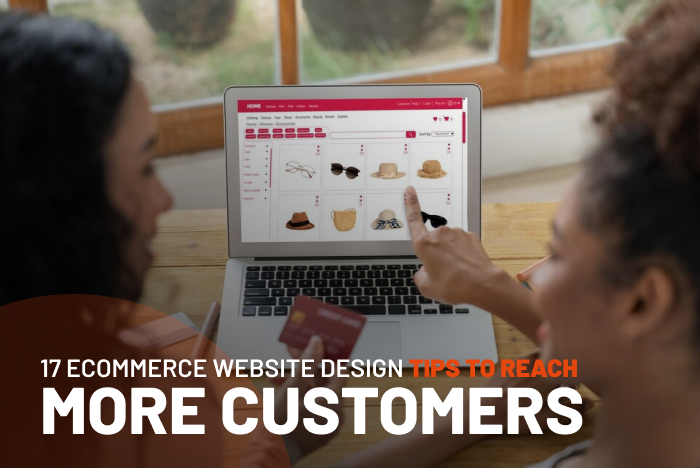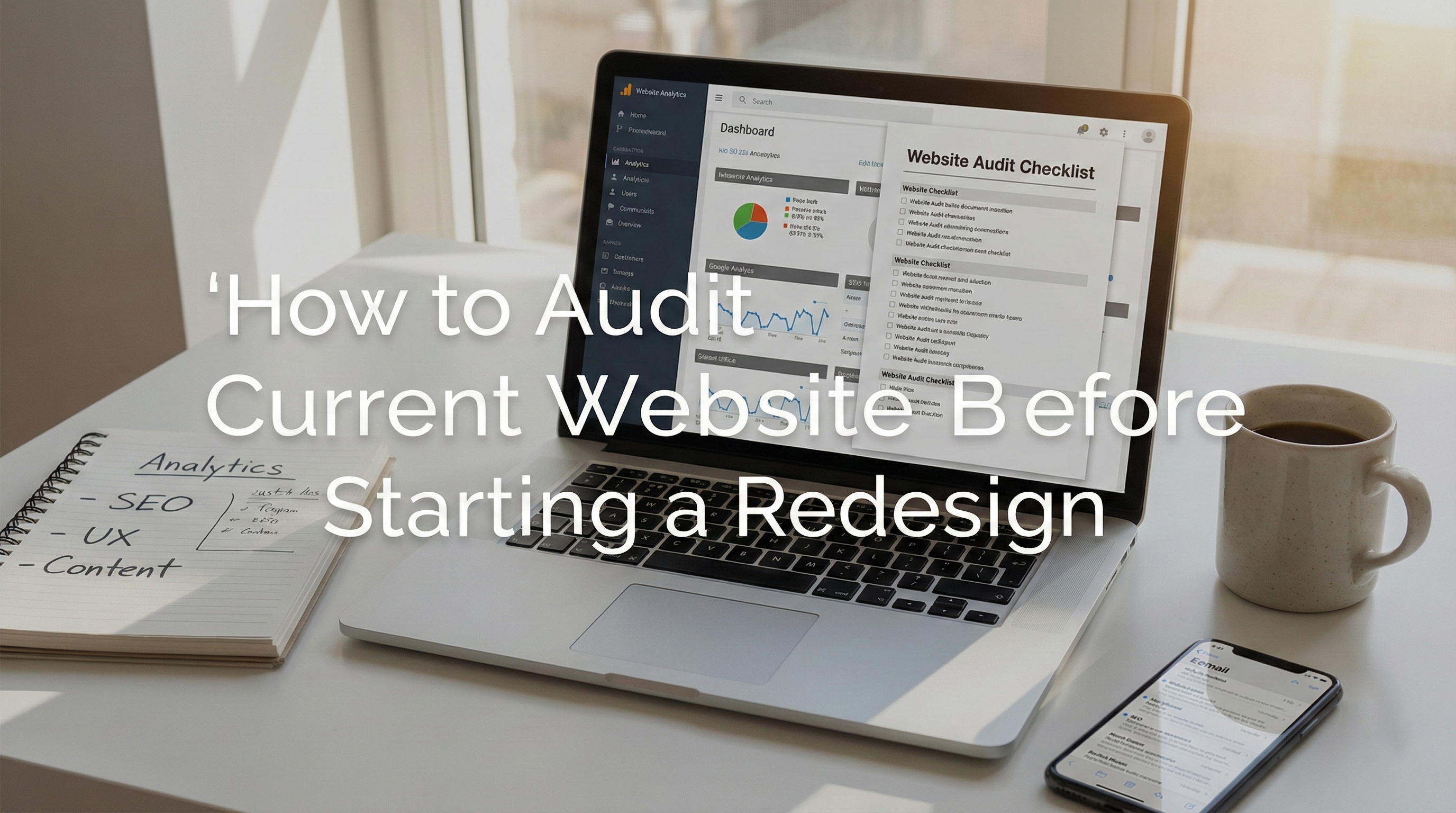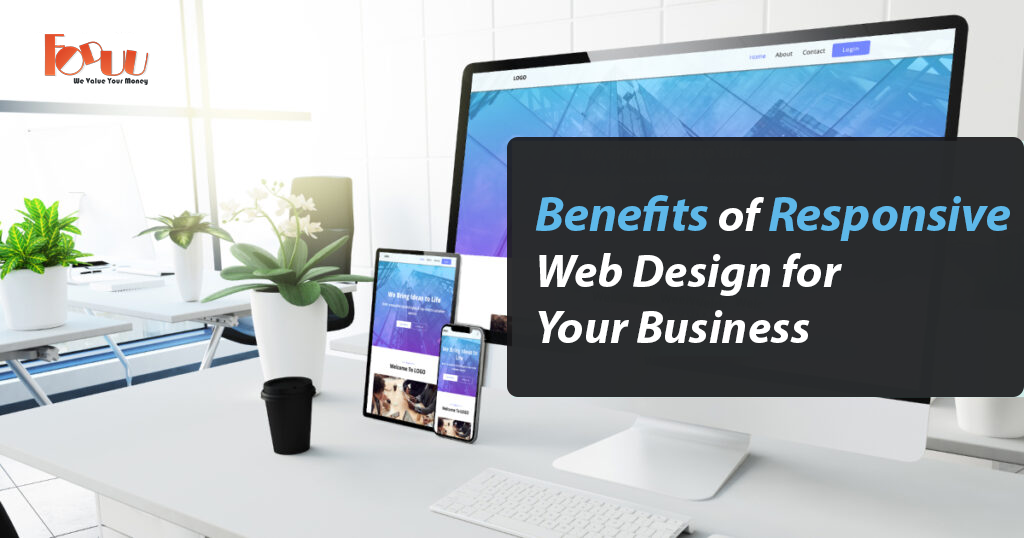ECommerce websites are growing increasingly popular around the globe. Having an eCommerce site used to be uncommon, but with the advancement of technology, it is now possible for anyone to start an eCommerce business. Of course, if you develop a website without professional assistance or deep knowledge of the eCommerce website sector, your website may lack the style necessary to attract website visitors.
We'll give you ten pointers on how to get your ecommerce site up and running so you can have a successful online store and eventually make more sales.
Let's have a look at eCommerce
ECommerce refers to businesses and individuals that buy and sell goods and services over the Internet. eCommerce can be undertaken on computers, tablets, smartphones, and other smart devices and operates in a variety of market categories. eCommerce transactions provide access to nearly every imaginable good and service, including books, music, aircraft tickets, and financial services such as stock investing and online banking. As such, it is seen as a highly disruptive technology.
Providing goods and services is not as simple as it appears. It necessitates extensive study about the products and services you desire to sell, the market, audience, competitors, and predicted business costs. For an effective eCommerce website, you should know the eCommerce website cost in India because an eCommerce web design will increase your expenses, but there are some companies that offer the best eCommerce website design company.
Types of eCommerce
Depending on the goods, services, and organization of an ecommerce company, the company might function in a variety of ways. Here are a few examples of common business models.
Business to Consumer (B2C)
B2C eCommerce enterprises sell directly to the end consumer of the product. A B2C corporation, rather than sending goods to an intermediary, conducts transactions with the consumer who will eventually use the goods. This business model can be utilized to sell things (for example, the website of your local sporting goods store) or services (i.e., a lawncare mobile app to reserve landscaping services). This is the most prevalent business model and is most likely what most people think of when they hear the term "eCommerce."
Business to Business (B2B)
An eCommerce business, like a B2C business, can offer things directly to a user. However, instead of becoming a customer, the user could be a competitor. B2B transactions can involve larger quantities, more stringent standards, and longer lead times. If the purchase is for recurring manufacturing operations, the ordering company may also need to set up recurring orders.
Business to Government (B2G)
Some businesses specialize in delivering goods or services to government agencies or administrations. Similar to a B2B partnership, the company creates valuable things and sends them to another firm. B2G eCommerce enterprises are frequently required to respond to government calls for proposals, solicit bids for projects, and meet very precise product or service standards. Furthermore, collaborative government efforts to seek a single contract through a government-wide procurement contract may exist.
Consumer to Consumer (C2C)
Sales are only possible through established companies. Ecommerce systems, such as digital marketplaces, connect consumers with other consumers who can list and sell their own products. These C2C platforms may be auction-style listings (such as eBay auctions) or may require deeper discussion about the goods or services being given (i.e., Craigslist postings). C2C eCommerce platforms, made possible by technology, enable consumers to buy and sell without the involvement of businesses.
Consumer to Business (C2B)
Modern platforms have made it easier for people to engage with businesses and provide their talents, particularly for short-term contracts, jobs, or freelance possibilities. Consider Upwork listings, for example. A consumer may obtain bids or contact businesses that require certain services. As a result, the eCommerce platform connects businesses with freelancers, giving customers more control over pricing, scheduling, and employment demands.
Consumer to Government (C2G)
Consumers can communicate with administrations, agencies, or governments through C2G partnerships, which are less like regular eCommerce relationships. These alliances are frequently formed through the exchange of obligations rather than the supply of services. Uploading your federal tax return to the IRS digital website, for example, is an eCommerce transaction, including the exchange of information. You can also pay your university's tuition online or send property tax assessments to your county assessor.
What is an eCommerce website?
Any website that allows you to buy and sell products and services online is considered an eCommerce website.
17 eCommerce design tips to reach more customers
Your website should be responsive and mobile-friendly
A mobile-responsive eCommerce website—the content fills the screen without spilling over the sides and is simple to use.
A big number of users will be skimming through your site on their mobile devices. If your page is not mobile-responsive, you will immediately lose that segment of customers. As a result, our first advice is to keep your shop mobile-friendly.
To ensure this, a decent website builder will automatically transform your website into mobile templates. Because you're entirely online, this is very handy for ecommerce sites. You want everyone to have the same opportunity to purchase with you.
Be truthful about price
Honesty is a great policy. Make a positive first impression, no matter what product or service your company sells. Avoid hiding any of this information and making it difficult for people to find your website. Hide price information from your eCommerce site is risky and may even lead to the site's demise. Put it somewhere that everyone can understand. These rules also apply to transportation. Make it clear what delivery fees are involved and what shipping policies customers must adhere to.
Display your best products prominently
Your store's most popular items should be highlighted. These might be things that sell the most, have the best user reviews, or make you the most money.
Try emphasizing them using contrasting colours, adjusting the layout or image size, and creating banners to advertise these top products. You'll make more sales if you can redirect people's attention away from the top products you wish to promote. This is similar to creating a display around a top product or placing it at eye level on a store shelf.
An effective pop-up sign-up form: The pop-up provides an incentive while remaining unobtrusive.
A quick pop-up sign-up sheet is used by a huge number of successful eCommerce companies. Why? It aids in re-marketing. Because some viewers are simply performing preliminary searches, testing out their alternatives, and checking availability and pricing, re-marketing is essential.
You can engage the potential consumer again after they've had time to consider their alternatives if you collect their email addresses. A fast email from you may arrive at the proper time, and they will choose your shop.
Just make sure that if you ask for their address right away, you're offering something in exchange, or they'll just close the pop-up and move on.
Keep in mind SEO best practises
When it comes to your eCommerce website, SEO cannot be overstated. SEO is an abbreviation for Search Engine Optimization, which is a method of moving up the list of search results. If you put a lot of effort into SEO, you'll gain more visibility, more views, and a larger reach.
When it comes to SEO for eCommerce websites, three things stand out: use relevant keywords, write smart product descriptions, and take advantage of built-in tools.
Keywords are words or phrases that a potential consumer might use to locate you. For example, "best leather wallet" is a fair search term to use while shopping for a new luxury wallet.
If you employ this precise key term in your web content a few times, search engines will begin to associate your store with this phrase. With enough success, you'll be the #1 overall result when someone searches for it. SEO may be used successfully even by inexperienced users.
Product specifications
Your product descriptions should be detailed, easy to read, and accurately represent the product. Search engines evaluate the relevance of your product descriptions. Writing rich and accurate descriptions will assist your search engine rankings while also communicating more effectively with your customers, so it's a win-win situation.
Use attractive images
Great photos can help you display your items and introduce the voice of your company.
A thousand words are worth a thousand pictures. This is a huge deal for an ecommerce site that doesn't have much room to waste. You want your photographs to be sharp and detailed.
It's also a good idea to photograph each product numerous times and build a slideshow for each product listing. Sometimes a customer wants to see a product in action before deciding whether or not to buy it. This is especially true in the case of clothing businesses. Your eCommerce business should center primarily on your photographs.
Simplicity is essential
You want to simplify the process and make it as simple as possible for your clients. Viewers should not have to look for buttons or delve too deep to discover the appropriate category. Drop-down menus, for example, help to ease the procedure while also keeping your website clean and transparent.
Examine how your favorite other eCommerce sites or competitor sites structure their material. Unless you have a compelling reason to do otherwise, it's best to style your shop after industry standards so users know what to anticipate and how to interact with your site.
The more convenient it is for someone to shop with you, the more likely they are to finish the transaction and give you a sale. Amazon is an excellent example of a straightforward technique to boost sales. Users can easily and swiftly complete their transaction with their "one-click buy" option.
Keep user in your mind
The most important thing, at the end of the day, is to constantly remember the user. Create the finest purchasing experience possible so that customers will return. Building your shop around them is one of the quickest methods to generate brand loyalty and convert customers into loyal, lifelong customers.
This could apply to how simple it is to buy, writing good product descriptions, utilizing a smooth interface, and being conscious of your color palette. You may gather real input about what your customers like best by engaging with them through surveys, social media, or other forms of organization.
Customers will notice how much effort was put into enhancing their experience. Make a lasting impression by following this step correctly.
Make use of the "View Cart" button
You've probably noticed that most eCommerce websites include a small shopping cart symbol on every page...(typically in the upper right corner) that allows customers to readily view items added to their cart.
This is one of the most crucial eCommerce web design elements!
It has been demonstrated that having this button displayed at all times when customers are online shopping increases conversion rates.
Just make sure the icon is recognized and updated in real time, such as a shopping cart or a shopping bag.
Users should not be distracted
Your eCommerce web design should be geared for sales generation. It's a good idea to incorporate more information about your brand's history, a blog, or even a sign-up form for an email newsletter on your website.
Just make sure that the extra information doesn't deter them from making a purchase.
A form on your contact page or at the bottom of your site, for example, that individuals may fill out to join your email list is OK.
Just don't create a pop-up window asking users to sign up for your newsletter, as this may have the opposite effect you intend.
Include feedback and/or testimonials
61% of online customers say they read user reviews before buying a product.
You may take advantage of this useful information by providing reviews and testimonials on your website.
Customer reviews are a simple and effective technique to increase sales and conversions.
One efficient eCommerce web design method is to post product-specific reviews just beneath the description of each unique product.
If you don't have a lot of distinct products, you can also have a separate page on your website for reviews and testimonials.
Navigations
Menu bars assist consumers to effortlessly explore your website's pages to locate what they're looking for.
For greatest convenience, the menu should be on all pages, preferably at the top. Menu bars are sometimes placed vertically down the left side of the page to accommodate the F format. Just be careful not to overcrowd your menu, since this might make it appear cluttered and confused, if your website has a lot of different categories and pages.
You can use a drop-down menu to organize them more readily without producing sensory overload.
Users should be able to filter products
In terms of search bars, you can increase your eCommerce site's search functions by including filters.
Nothing is more frustrating than discovering the perfect pair of shoes online only to discover that the store does not carry your size.
Allowing users to filter your products is the most effective approach to avoiding this trap. Size, color, brand, and price are popular search filters.
This enables customers to search your website for the goods they want while also ensuring that the results they get are as specific to what they want as possible.
Grid design
Grid-style layouts work best for eCommerce sites and most websites in general.
When customers are exploring products, keep them sorted in rows and columns.
Just don't put too many distinct things in one row. To make your product catalogue pages visually appealing, we recommend only three or four products per row.
Leaving plenty of white space around each item allows people to breathe and properly distinguish between things.
Contact information
If a customer has a query or a complaint while browsing your website, they will most likely look for a "contact us" page or look for contact information at the bottom of your homepage. Make it as simple to access your contact information as possible.
You don't want to lose a customer because you forgot to include an email address or phone number on your homepage. It is preferable to include as much contact information as possible.
There are numerous possibilities here, such as an email address, a phone number, hours of operation, or a contact form that allows users to send messages directly. An email, or even a widget that allows users to write a Facebook message to your business.
Checkout should be quick and easy
A difficult checkout process leads to greater cart abandonment rates.
There are a few simple steps you can take to streamline the checkout process on your eCommerce site. Allow people to check out as guests, for example.
People get sceptical when they are compelled to provide too much information in order to complete a purchase.
Furthermore, having to create an entire account on your website can turn people off faster than you can say "cart abandonment."
Only request information that is absolutely required, such as a shipping address, name, and payment information. If your goods or service is completely digital, there is no need to ask for an address because it will not be transported anywhere.
Must add FAQ section
Tired of continually responding to client inquiries?
Including a FAQ page in your website's navigation menu not only helps to reduce the volume of product inquiries. But it can also generate more confidence in your website visitors. How do FAQ pages foster trust? They demonstrate to your visitors that you are making an attempt to be open and honest about your products and/or services.
They also show that you are serious about answering questions and that you have good customer service abilities and actually care about assisting individuals in locating the information they require.
Furthermore, having an easily available list of answers to frequently asked questions about your business portrays you as an expert.
Increasing potential customers' trust that you thoroughly understand your business.
Avoid over writting
The chances are that a visitor came to your website because they were looking for one of your items, not to read a novel (unless you offer novels, of course).
Large blocks of text might be distracting to the ordinary Internet user, who has a limited attention span. Try to make the text on your website as minimal as possible, including product descriptions.
Information is organized into small paragraphs and bullet points. Alternatively, info-graphics can make things much easier to understand, increasing the likelihood that people will read them.
ECommerce website development company-FODUU
FODUU is the best website design company in India that offers affordable website design and eCommerce website development services to its global clients. We have a team of experienced eCommerce website developers in India.
If you want an effective eCommerce website that fits into your pocket, then FODUU is the best for you. Because FODUU is a one-stop destination for web design, SEO services, logo design, graphic design, web hosting, and maintenance.
Summing up
ECommerce is only one aspect of establishing an online business. While the latter refers to the complete process of conducting business online, eCommerce simply refers to the sale of goods and services via the internet. eCommerce giants such as Amazon, Alibaba, and eBay have revolutionized the retail industry, compelling major, traditional merchants to change their business practices.
If you're thinking of creating an eCommerce site, make sure you do your homework first. And, to ensure that you have room to expand, begin with a small, restricted focus.




